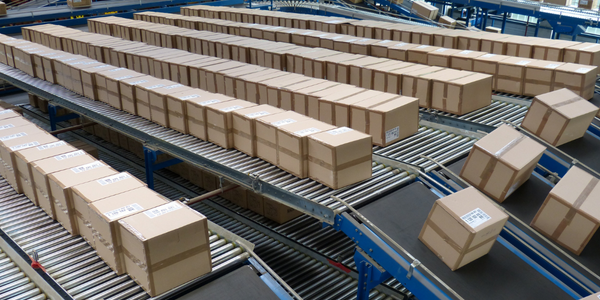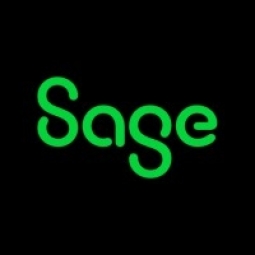公司规模
Large Corporate
地区
- America
国家
- United States
产品
- Sage Enterprise Intelligence
- Sage ERP X3
技术栈
- Business Intelligence Tools
- ERP Systems
实施规模
- Enterprise-wide Deployment
影响指标
- Productivity Improvements
- Cost Savings
技术
- 功能应用 - 企业资源规划系统 (ERP)
- 分析与建模 - 实时分析
适用功能
- 离散制造
- 采购
用例
- 质量预测分析
- 库存管理
服务
- 数据科学服务
- 系统集成
关于客户
Satellite Industries, Inc. 是全球最大的便携式卫生设备供应商。该公司在北美和欧洲设有办事处,处理多个地点、部门和货币。这种复杂性加上大量的会计科目表,使得财务报告成为公司漫长而艰巨的过程。对决策所需的实时、可操作数据是该公司的一项重要要求。
挑战
Satellite Industries 是一家全球便携式卫生设备供应商,该公司在处理跨多个地点、分部、部门和货币的财务报告时遇到了困难。该流程耗时费力,通常需要超过 15 天才能完成月末结账。此外,该公司还试图减少应收账款的未收账款周转天数。庞大的科目表和对实时、可操作数据的需求增加了情况的复杂性。
解决方案
Satellite Industries 实施了 Sage Enterprise Intelligence,这是一款与 Sage ERP X3 集成的强大商业智能工具。该解决方案使公司能够从其 ERP 解决方案中提取实时、可操作的数据,从而显著改善其财务报告流程。该软件每天自动生成逾期报告并将其分发给销售和客户服务代表,使公司能够随时掌握逾期发票。实施 Sage Enterprise Intelligence 使财务报告流程更加高效、有效。
运营影响
数量效益

Case Study missing?
Start adding your own!
Register with your work email and create a new case study profile for your business.
相关案例.

Case Study
Hospital Inventory Management
The hospital supply chain team is responsible for ensuring that the right medical supplies are readily available to clinicians when and where needed, and to do so in the most efficient manner possible. However, many of the systems and processes in use at the cancer center for supply chain management were not best suited to support these goals. Barcoding technology, a commonly used method for inventory management of medical supplies, is labor intensive, time consuming, does not provide real-time visibility into inventory levels and can be prone to error. Consequently, the lack of accurate and real-time visibility into inventory levels across multiple supply rooms in multiple hospital facilities creates additional inefficiency in the system causing over-ordering, hoarding, and wasted supplies. Other sources of waste and cost were also identified as candidates for improvement. Existing systems and processes did not provide adequate security for high-cost inventory within the hospital, which was another driver of cost. A lack of visibility into expiration dates for supplies resulted in supplies being wasted due to past expiry dates. Storage of supplies was also a key consideration given the location of the cancer center’s facilities in a dense urban setting, where space is always at a premium. In order to address the challenges outlined above, the hospital sought a solution that would provide real-time inventory information with high levels of accuracy, reduce the level of manual effort required and enable data driven decision making to ensure that the right supplies were readily available to clinicians in the right location at the right time.

Case Study
IoT Data Analytics Case Study - Packaging Films Manufacturer
The company manufactures packaging films on made to order or configure to order basis. Every order has a different set of requirements from the product characteristics perspective and hence requires machine’s settings to be adjusted accordingly. If the film quality does not meet the required standards, the degraded quality impacts customer delivery causes customer dissatisfaction and results in lower margins. The biggest challenge was to identify the real root cause and devise a remedy for that.

Case Study
Hardware Retailer Uses Data Warehouse to Track Inventory
Ace tracked which products retailers ordered, when they were ordered and shipped. However, the company could not track or forecast actual sales. Data used for reporting was up to a one-week old, owing to performance and data cleansing issues. Requirement to integrate wholesale and inventory data with POS data to help drive key business decisions, improve category management, lower inventory costs and optimize pricing. Reliance on custom coding to integrate POS data was excessively resource intensive and led to major performance constraints.

Case Study
Remake Enterprise-to-production System
The client was running a legacy material flow tracking system and wanted to replace the system with a more effective one as the system was increasingly expensive to maintain and support and also was not extendable. The client's IT landscape was filled with modern applications and it was difficult to interface the material flow tracking system with modern applications.









